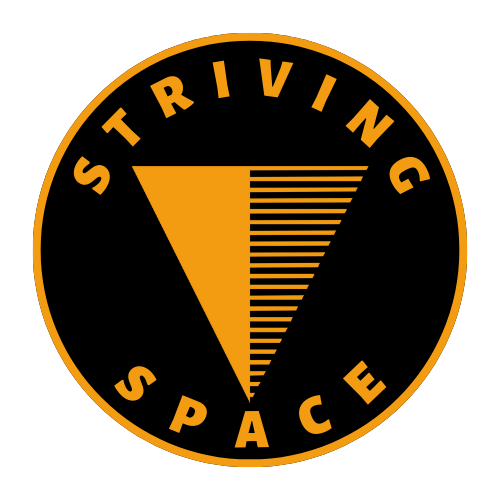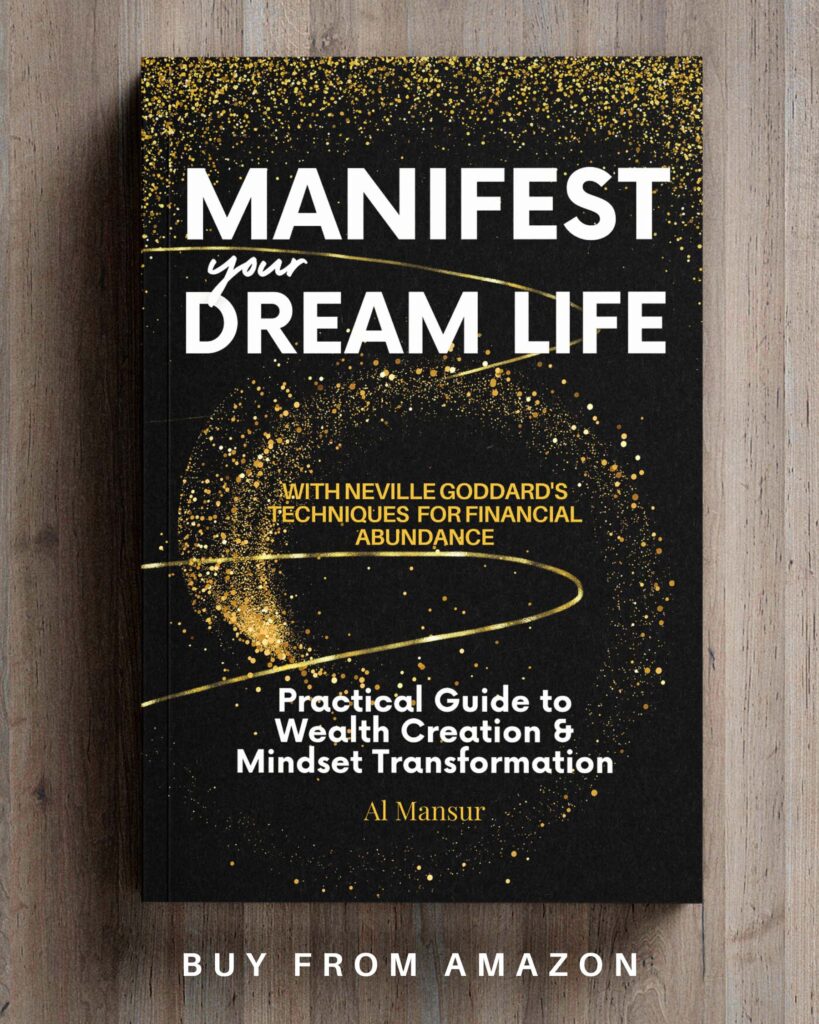Businesses and content creators need to produce high-quality content quickly to stand out. While there are many AI tools available to help with this, HubSpot’s AI Content Writer stands out because it seamlessly integrates with HubSpot’s other marketing tools, making it easy to create content that aligns with your overall strategy. This free tool is designed to streamline and expedite the writing process, enabling you to create compelling content for your website, emails, social media, and more.
If you’re facing writer’s block or simply don’t have enough time to consistently produce content, the AI Content Writer can be a valuable resource. It can generate ideas, outlines, and even complete drafts of content, allowing you to allocate more time to other important tasks. Additionally, it can customize your content for specific audiences and platforms, ensuring that your message reaches the right people. While some features are available for free, paid HubSpot users have access to the full range of tools and capabilities, offering even more flexibility and customization options. HubSpot’s AI Content Writer is an invaluable tool to help you achieve your content creation goals.
HubSpot AI Content Writer Features and What it Can Do for You

Disclosure: I may earn a small commission if you buy something through my links in this content. This helps support my work, but my opinions and reviews are independent, not influenced by any affiliate partnerships.
HubSpot AI Content Writer is a free tool that assists businesses and content creators in quickly and easily generating high-quality content. It provides several features to help you save time and enhance your content, including:
- Idea generation: Brainstorm new content ideas based on your keywords and target audience.
- Outline creation: Generate a detailed outline for your content, including sections, subheadings, and bullet points.
- Content generation: Write complete drafts of your content, including paragraphs, sentences, and keywords.
- SEO optimization: Optimize your content for search engines to improve your search ranking.
- Grammar and style checking: Ensure that your content is error-free and easy to read.
- Content formatting: Format your content for different platforms, such as blog posts, social media, and website copy.
HubSpot AI Content Writer integrates with other HubSpot tools, such as HubSpot CRM and HubSpot Marketing Hub. This integration simplifies the process of creating content aligned with your marketing strategy and targeting the right audience at the right time.
HubSpot AI Content Writer is available for free to all HubSpot users. However, some advanced features, such as the ability to generate longer content and customize writing style, are only available to paid HubSpot users. It’s a valuable tool for creating high-quality content efficiently and integrating it with other HubSpot tools to align with your marketing strategy.
Crafting Content with HubSpot AI Content Writer
Here are the steps to access and use the HubSpot AI Content Writer:
Step 1: Accessing HubSpot AI Content Writer

To use HubSpot’s AI Content Assistant, you need to have a HubSpot account. If you don’t have one, follow these steps:
- Visit HubSpot.
- Register here or Log in to your account.
- Follow the prompts to create your free HubSpot account if you don’t have one yet.
- Navigate to the “Content” tab in the Dashboard.
- Click on “Blog” in the left sidebar to start.
Once you have access to HubSpot AI Content Assistant, you can start generating content.
Step 2: Crafting Your Content Description

When you access the HubSpot AI Content Assistant dashboard (please refer to the provided screenshot), you will be asked to provide a detailed description of your content idea. This description serves as the basis for the AI’s content generation, so it’s important to be as detailed and specific as possible.
Consider the following aspects when crafting your description:
- Topic and Purpose: Clearly state the central theme of your content and the goals you want to achieve. Are you educating your audience, promoting a product, or driving specific actions?
- Background Information: Provide context for your topic. This might include relevant industry trends, statistics, or insights that will help the AI generate more informed and relevant content.
- Target Audience: Define who your content is intended for. What are their interests, pain points, and knowledge levels? Tailoring your content to your audience will make it more engaging and impactful.
- Keywords (Paid Users Only): If you have a paid HubSpot subscription, you can include relevant keywords that you want the AI to incorporate into the content. This can help improve your content’s search engine optimization (SEO) potential.
Example Description:
Let’s say you’re creating a blog post on how to craft a business pitch. Your description might look like this:
- Topic and Purpose: Providing a comprehensive guide on creating a compelling business pitch for startups and small businesses. The aim is to equip entrepreneurs with the tools and knowledge needed to secure funding and partnerships.
- Background Information: Many startups and small businesses struggle to effectively convey their value proposition to potential investors and partners. This guide will cover the essential elements of a successful pitch, including market analysis, financial projections, and persuasive storytelling.
- Target Audience: Entrepreneurs, small business owners, and individuals looking to raise capital or secure partnerships for their ventures. This guide will be useful for both novice and experienced entrepreneurs, offering practical tips and actionable insights.
- Keywords (Paid Users Only): business pitch, startup funding, investor presentation, pitch deck, elevator pitch
Step 3: Choosing the Right Title

After submitting your content description, HubSpot AI Content Assistant will present you with several title options based on your input. These titles are designed to be engaging, relevant to your topic, and optimized for search engines.
Take a moment to review the suggested titles carefully. Consider the following factors when making your selection:
- Relevance: Does the title accurately reflect the content of your piece?
- Clarity: Is the title easy to understand and does it clearly communicate the topic? Avoid overly complex or jargon-filled titles.
- Engagement: Does the title pique curiosity and encourage clicks? A strong title should entice readers to learn more.
- SEO Considerations (Paid Users Only): If you’re using the keyword feature for paid users, assess whether the title naturally incorporates your chosen keywords.
Regenerating and Selecting Titles:
If none of the initial title suggestions resonate with you, you can click on the “Generate new title” button for each option to see alternative suggestions. Continue regenerating until you find a title that aligns with your vision.
In the business pitch example, the AI Content Assistant may generate several options (see the screenshot). For this example, we’ll choose option number 2: “Mastering the Art of an Effective Pitch Presentation.” This title is clear, concise, and directly addresses the core topic of the blog post.
Once you’ve selected your title, click the “Next” button to move on to the next step of the content creation process. Remember, your title is the first impression your content makes on potential readers, so take your time to choose a title that is both informative and captivating.
Step 4: Refining Your Blog Post Outline

With your title selected, the HubSpot AI Content Assistant will now generate a proposed outline for your blog post. This outline provides a structured framework for your content, breaking it down into sections and subtopics.
Review the generated outline and assess its alignment with your vision for the blog post. Does it cover all the key points you want to address? Is the flow logical and cohesive?
If needed, you have the flexibility to modify the outline to better suit your needs. You can add, delete, or rearrange sections, as well as edit the suggested headers to make them more accurate or engaging. HubSpot allows for up to 10 sections in your outline.
Example Outline:
For our “Mastering the Art of an Effective Pitch Presentation” blog post, the AI might generate an outline like this:
- Introduction
- Understanding Your Audience
- The Key Elements of a Pitch
- The Problem
- The Solution
- The Market
- The Team
- The Financials
- The Ask
- Delivering Your Pitch with Confidence
- Body Language
- Voice Modulation
- Visual Aids
- Handling Questions
- Common Pitch Mistakes to Avoid
- Conclusion
In this example, we’ll leave the outline as is for now. However, keep in mind that you can always revisit and make adjustments later in the process if necessary.
Once you’re satisfied with your outline, click the “Next” button to proceed to the final step of content generation. Remember, you can always edit the full post in the next step to further refine your content.
Step 5: The Article – From AI Generation to Polished Article

Once you have confirmed your outline, the HubSpot AI Content Assistant will generate a full article draft based on your input. This draft is a good starting point, but keep in mind that it’s not the final product. When reviewing the AI-generated article, pay attention to the overall structure and the finer details. Consider the following:
- Accuracy and Relevance: Ensure that the information presented is factual, up-to-date, and aligns with your original intent.
- Clarity and Conciseness: Aim for a clear and straightforward writing style, avoiding unnecessary jargon and overly complex sentences.
- Engagement: Include elements that will captivate your audience, such as compelling anecdotes, thought-provoking questions, and actionable insights.
- Originality: While the AI can generate impressive content, it’s important to infuse your unique voice and perspective. Add personal touches, opinions, and experiences to make the article truly yours.

Editing Tips for Google Helpful Content and Reader Value:
To ensure that your content meets Google’s standards for helpfulness and genuinely adds value to readers, consider the following editing tips:
- Focus on E-A-T: Expertise, Authoritativeness, and Trustworthiness. Support your claims with credible sources, cite experts, and showcase your own knowledge and experience.
- Prioritize User Intent: Understand what your target audience is searching for and tailor your content to address their specific needs and questions.
- Demonstrate Originality: Offer unique insights, perspectives, or solutions that go beyond surface-level information.
- Provide Comprehensive Information: Cover your topic thoroughly, leaving no gaps or unanswered questions.
- Maintain a People-First Approach: Write for humans, not just for search engines. Prioritize readability and engagement over keyword stuffing.
Follow these guidelines to create content that not only ranks well in search results but also resonates with your audience and establishes your authority in your field. Remember, while the HubSpot AI Content Assistant is a powerful tool, it’s your human touch that will ultimately elevate your content from good to great.
Try the free version and see how it can transform your content creation process. If you find it helpful, you can always explore the paid version for even more features and customization options. With HubSpot’s AI Content Assistant, you’ll be well on your way to creating content that stands out and connects with your audience.












